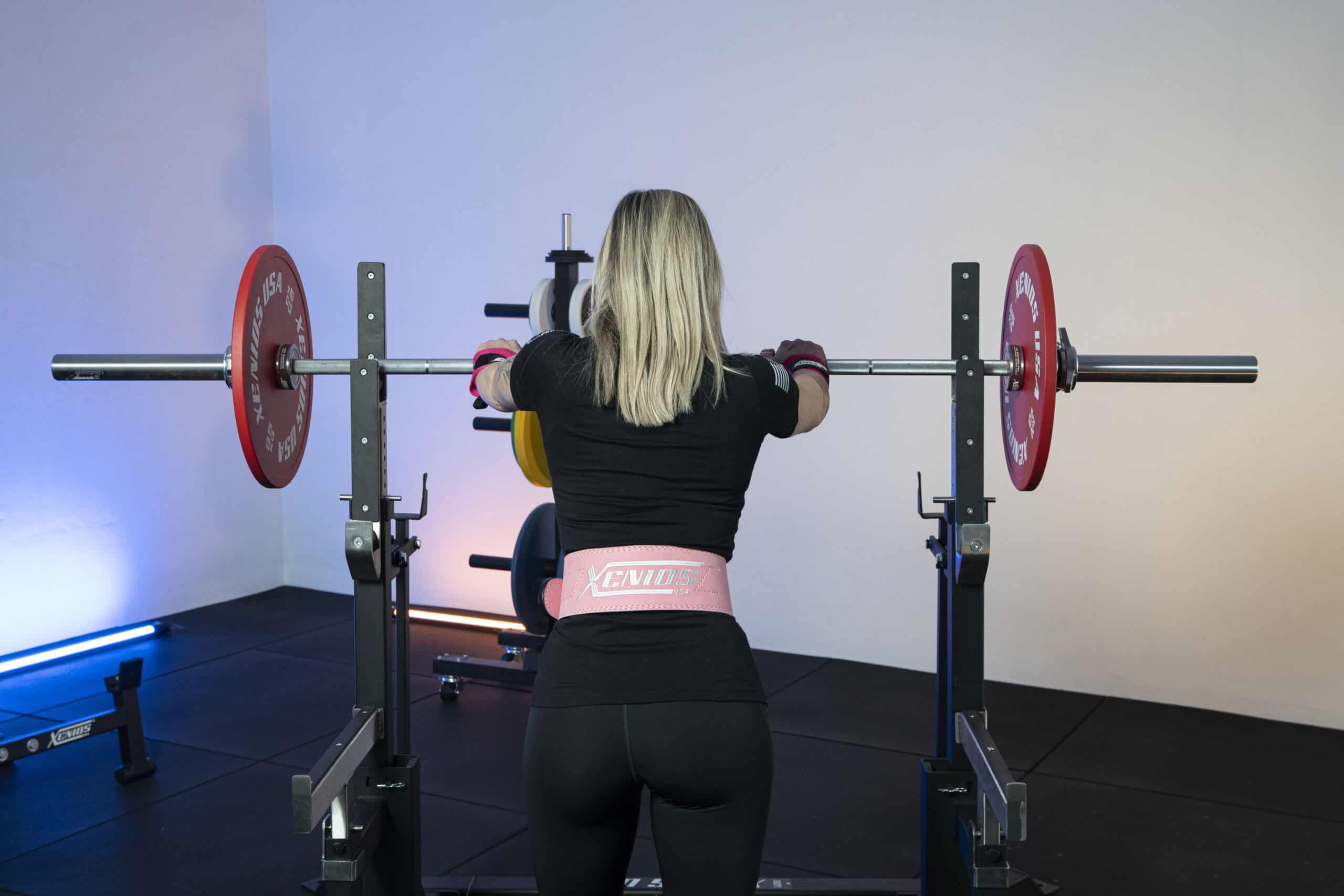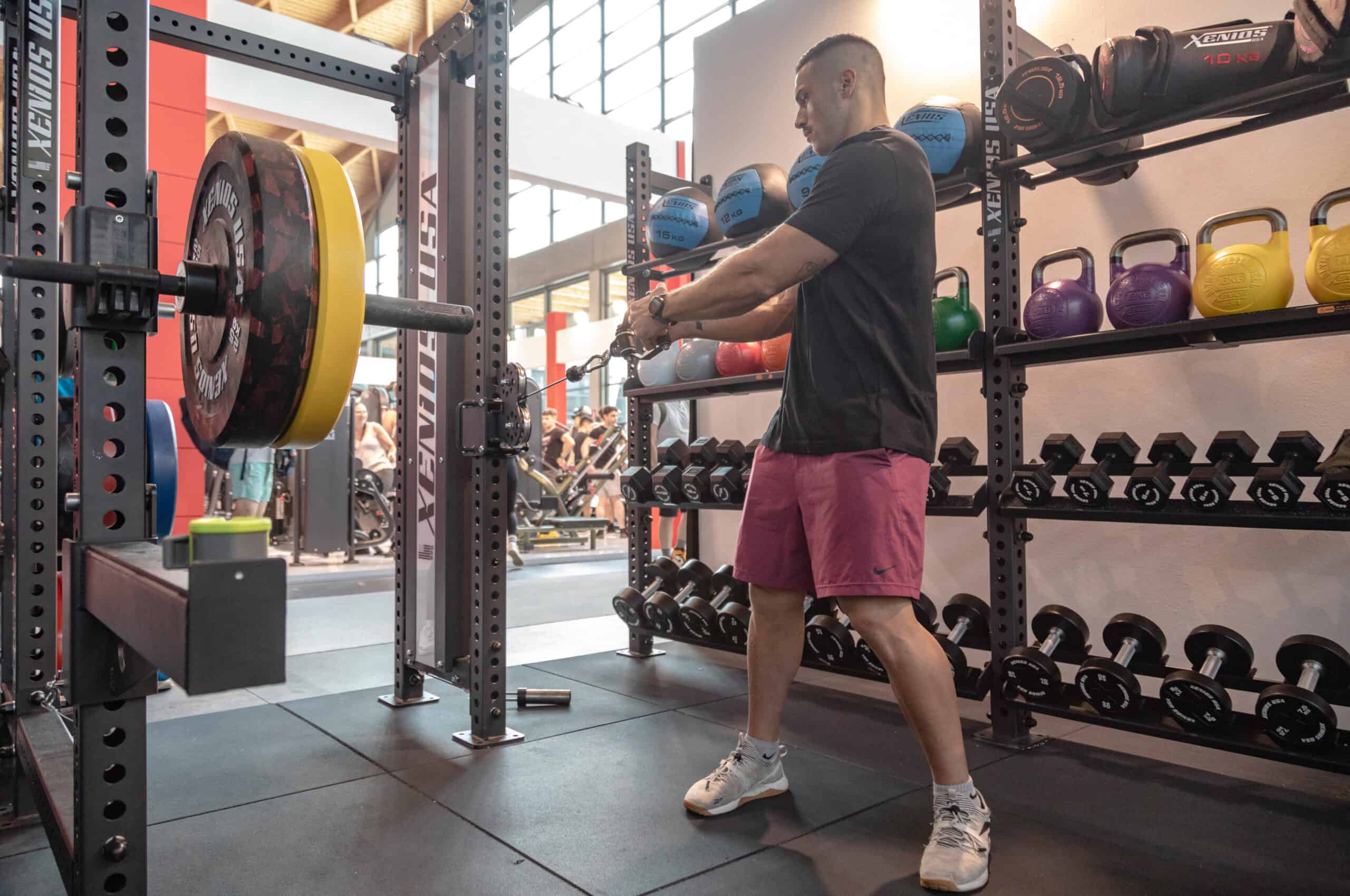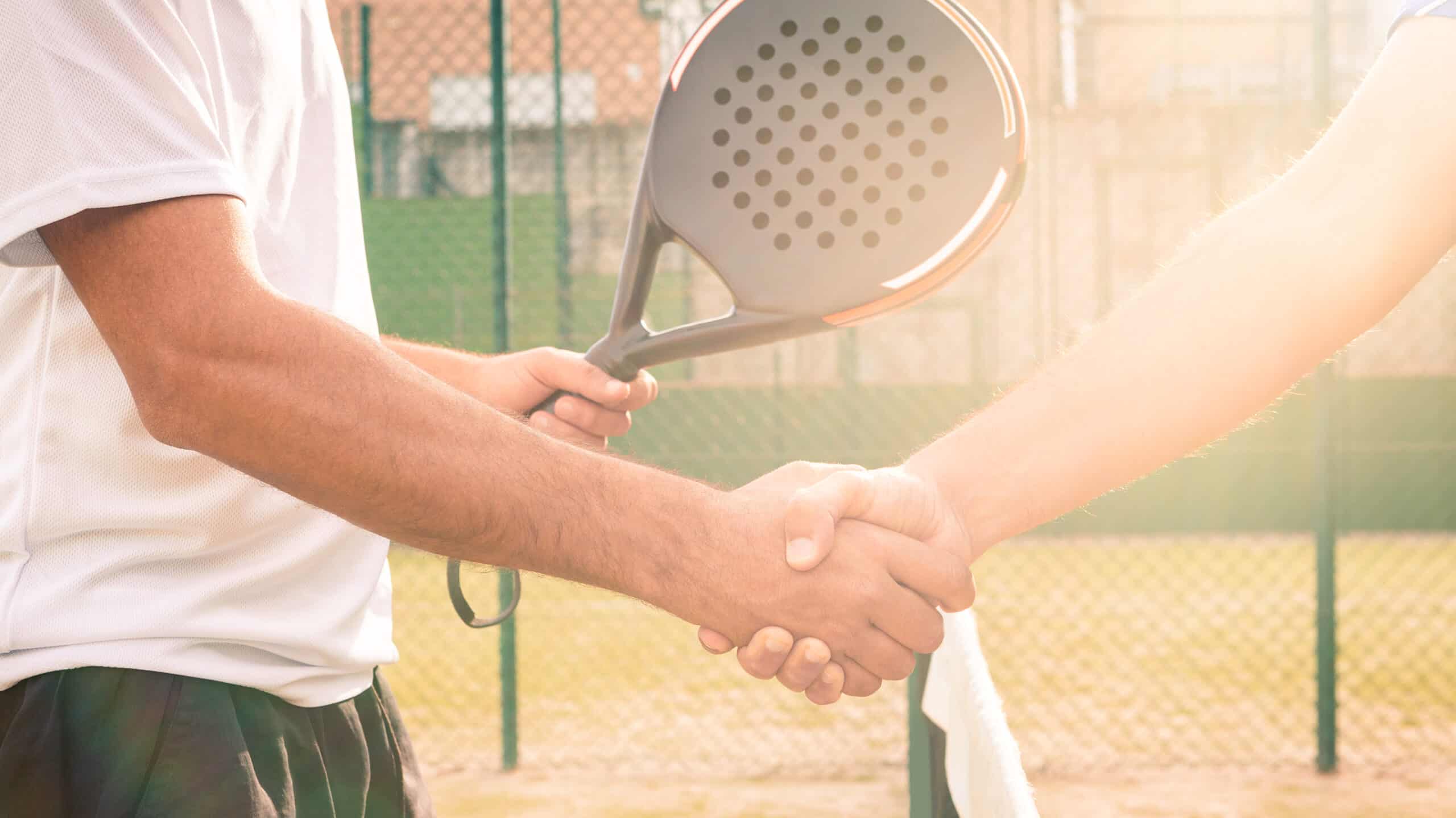Why talking about proprioceptive training?
Because regarding this neuro-motor quality and how to train it, we find a thousand opinions and just as many schools of thought, and, in general, a lot of confusion and, as a result, approximation.
Proprioception is defined as the three-dimensional map of awareness of our body in space and time; the term derives from the Latin “Proprius” = of oneself, “Ceptus” = aware. Self-awareness.
Proprioception is the perception of oneself in space and time and is accompanied by Kinesthetic Perception: this is the awareness of the movement of one’s own body in space.
Proprioceptive nervous system
The Proprioceptive System is composed of 3 distinct parts: Brain, Spinal Cord, and Peripheral Nerves.
There are several types of proprioceptive “nerves”, either directly or indirectly.
1 – Mechanoreceptors: they report movement of and within the body. There are many classifications of these, in general they signal tension, speed, and angles of movement. The main ones are: Pacini, Ruffini, Merkel, Messner, and Krause corpuscles. They are key components of the proprioceptive system for predicting movement in the environment.
2 – Baroreceptors: as the name suggests, they measure pressure. The ones we focus on are those in the feet and hands, but certainly important ones are located at the level of the aorta, heart, and lungs. Much of our balance comes from the stimulation of baroreceptors in the feet, just as dexterity and the ability to manipulate objects are partly controlled by the sensitivity of baroreceptors in the hands.
3 – Chemoreceptors: Central and peripheral chemoreceptors signal biochemical changes in the body, especially in the nervous and chemical control of respiratory processes.
4 – Thermoreceptors: Deep and peripheral thermoreceptors signal temperature differences on the surface and inside the body and are an important part of the survival system.
5 – Nociceptors (slow fibers): Cutaneous, Muscular, Articular, and Visceral, they signal harmful stimuli to the brain, often referred to as “pain” receptors, but they are actually “threat” receptors.
What does all of this tell us?
Proprioception, for 90%, resides in the brain.
It is the “reading and integration” of peripheral stimuli by the Central Unit that determines the Proprioceptive Response; it is in the brain that the integration of all afferent signals, coming from the periphery, occurs to build a map that you will use to move in your environment or in your sport.
As in real life, a more detailed map provides more useful information to help you reach your destination. A sparse, poor map will lead to a poor ability to recognize and predict. Every day your brain resets information, and every day you will need to work to make your “map” more complete, detailed, and accurate. This applies to the transmission of stimuli, exercises, and movements; the more correct and precise the message, the more effective its integration and physiological effects will be.
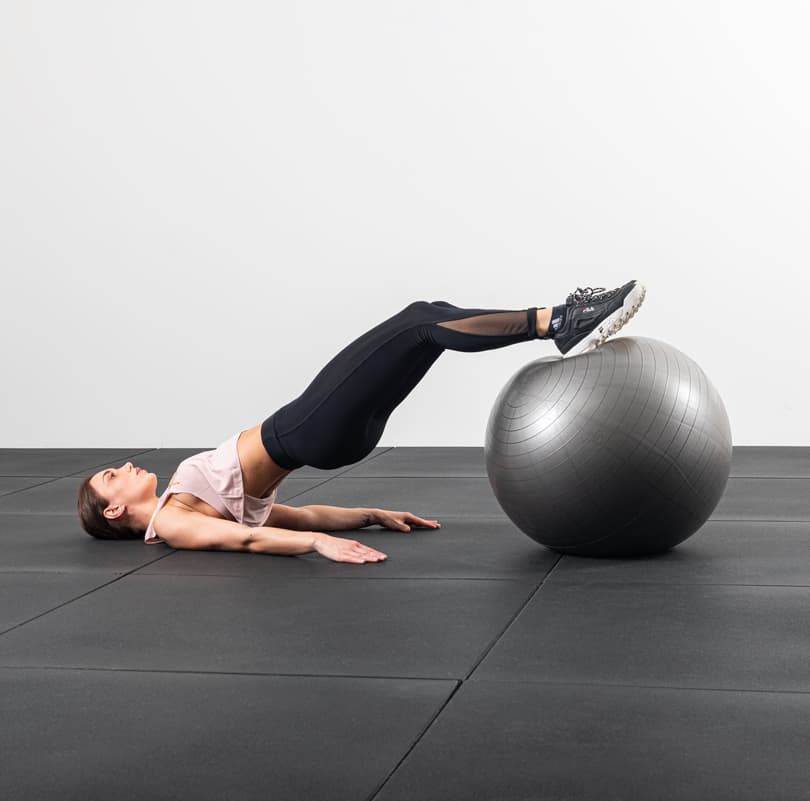
As you can infer, proprioceptive training and balance don’t simply mean destabilizing the body in some way, such as continuous and (too) frequent training on Bosu, Swiss balls, elastic mats, or others.
This perspective needs to be revised, for two fundamental reasons:
- OUTLINE OF THE NEUROLOGICAL SYSTEMS.
Whichever sports gesture you are called to make, there is a well-defined scale of intervention of the activated neurological systems.
In order of importance:
- Visual system
- Vestibular system
- Proprioceptive system
Usually, almost by tradition, especially in pre-athletics, exactly the opposite is done; that is, Proprioception is trained first.
Look around you, everyone starts with proprioception.
I’ll just tell you that the first, the Visual System, influences around 70%; the Visual System is the “driver” of the Central Nervous System, and the Retina is essentially an “extension” of it. Next is the Vestibular System, which controls the balance of the whole body; finally, the Proprioceptive System.
Starting with Proprioceptive System training, disregarding the two preceding systems, only makes sense in cases of injuries that involve this system. In that case, yes, we need to take action and reactivate the “local” sensory systems (receptors and effectors), and then integrate them with the higher chains and systems.
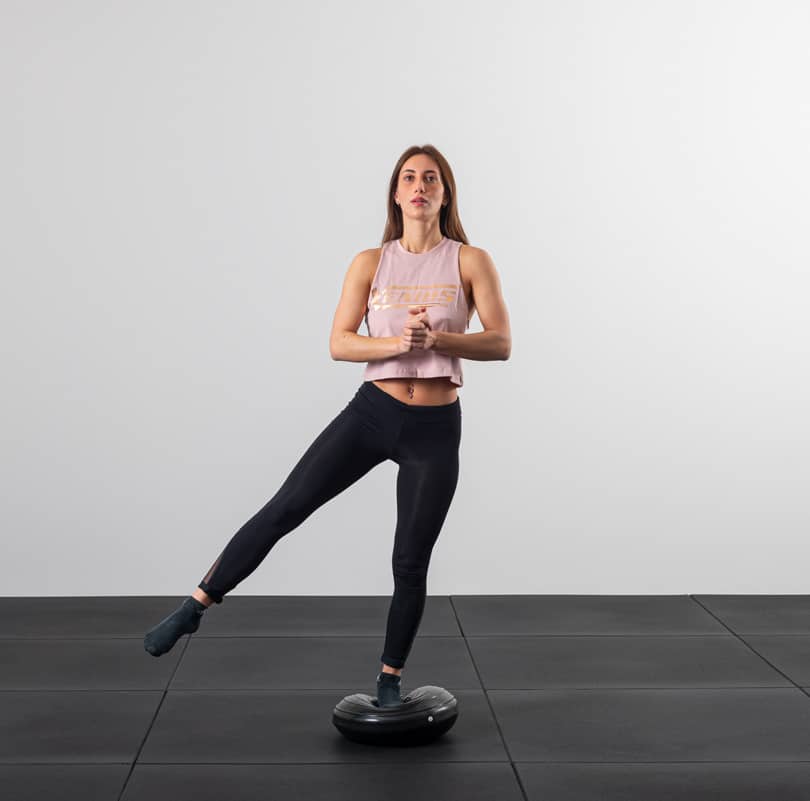
- SPORT-SPECIFIC STIMULUS
Direct question:
Why training proprioception on unstable surfaces?
We weren’t born on the floating islands of Avatar, nor do we walk on water or unstable surfaces. We interact and deal with solid ground (almost) constantly.
Essentially, either you have a sport-specific performance request on surfaces similar to “bosu” or “elastic mats” or unstable surfaces, or the neurological and adaptive demand you’re seeking and working on is NOT CONSISTENT with the type of performance stimulus required.
An athlete who continuously works on these surfaces will become “skilled” only on these surfaces (which do not correspond to those in which they athletically operate), and there will be no transfer for any work on solid ground. You must, therefore, distinguish between performance with a predominance of Tilting Reflex and performance with a predominance of Righting Reflex, starting from a fundamental premise: the two reflexes do not influence each other, meaning one does not improve the other.
What are we talking about?
Balance and its management.
There are 2 different reflexes in the human body that control balance, depending on whether it is required on Stable Surfaces, the so-called Righting Reflex, or on Unstable Surfaces, the so-called Tilting Reflex.
I reiterate, training for one will not improve the other, so the stimulus must be absolutely sport-specific.
Sports that involve ground-based force support and loading, such as soccer, American football, combat sports, volleyball, basketball, and so on, primarily rely on Righting Reflex, so, balance and proprioception exercises for these sports should be performed on stable surfaces on the ground.
For sports like skiing, skateboarding, surfing, kite surfing, water skiing, which are conducted on unstable surfaces, we are dealing with the “Tilting Reflex,” and that’s where BOSU and balance boards come into play.
So, we are talking about Tilting Reflex when training Balance on Unstable Surfaces; we talk about Righting Reflex when training Balance on Stable Surfaces.
One of the most striking effects of the adaptation induced by the Tilting Reflex is when you spend some time on a boat, or even on a cruise. After several days of adapting your balance, posture, and movement to the oscillatory movements of the sea, you will notice the dramatic effects of this adaptation when you return to solid ground, because you may feel like you’re still walking on water, swaying from side to side…
The same effect, although less enduring, occurs when you walk or run for some time on a typical electric treadmill (another surface that doesn’t simulate solid ground at all, despite the claims of manufacturers). As soon as you step off the machine, you may feel destabilized for a few seconds, and if you’re a novice, you might even lose your balance.
Your body is asking you “Which planet have you been on lately?”
This should make you understand which machines are genuinely training in a sport-specific perspective and which are not, as well as which machines truly follow our physiology and which follow design.
The destabilization to train “terrestrial” sports – Righting reflex – should fundamentally come from:
- different placement of the load relative to the biological center of gravity (complex coxo-lumbo-pelvic)
- intentionally induced deficits at the neural level, thus visual, vestibular, and proprioceptive
- reducing the number of limbs in support; from bipedal to unipedal; from quadrupedal to tripodal, to bipedal.
- Non-conventional movements enriched with additional neural stimuli.
- Changing (and here is the real revolution) the position of the head during the various exercises.
Good workout!
Bibliography
The optimal training by Jürgen Weineck

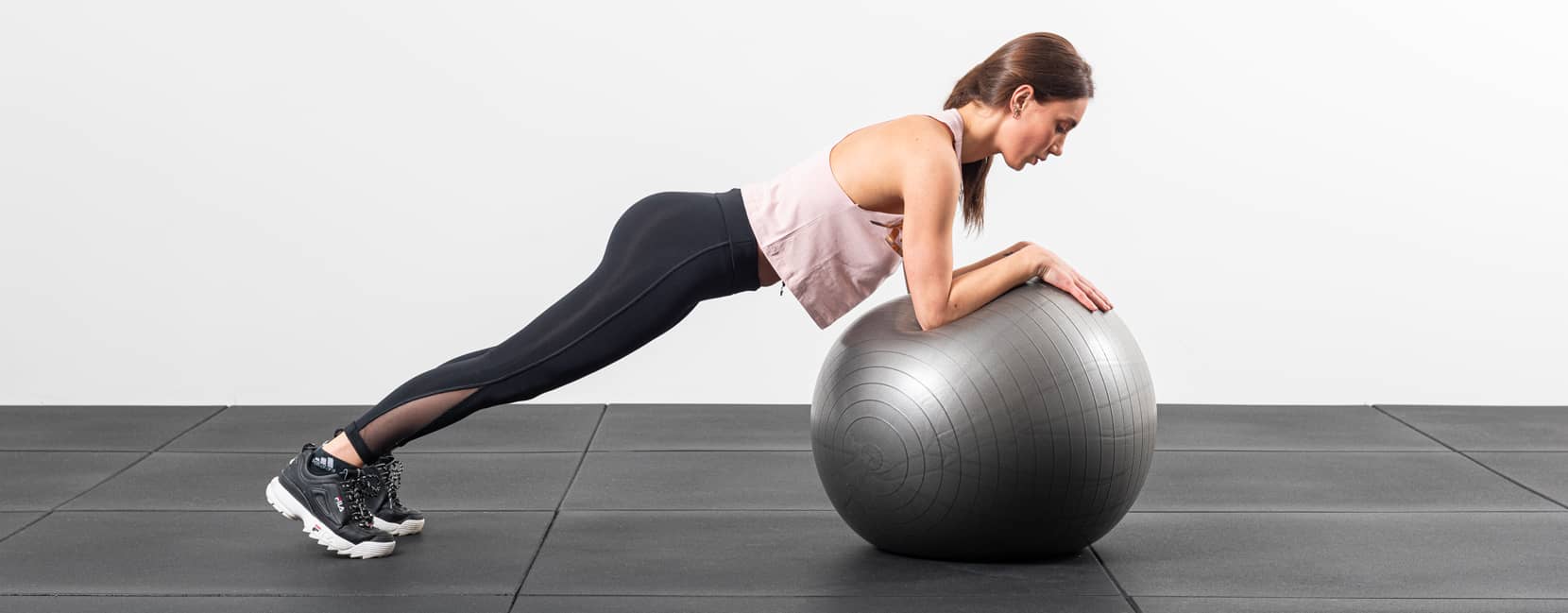
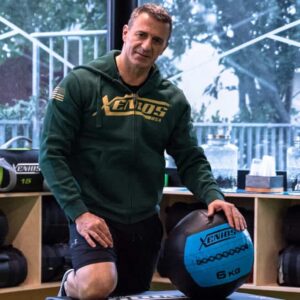
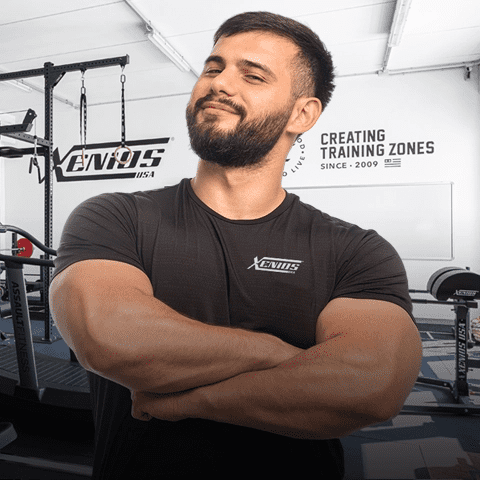
 Since 2009, we’ve been by your side, helping you create the perfect training spaces for Cross Training Boxes, Personal Trainer Studios, and professional Home Gyms.
Since 2009, we’ve been by your side, helping you create the perfect training spaces for Cross Training Boxes, Personal Trainer Studios, and professional Home Gyms.

